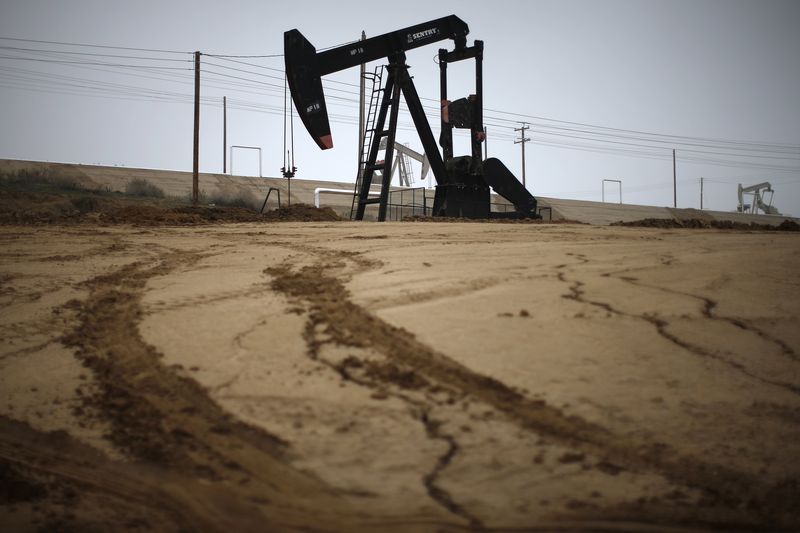Investing.com – Oil prices settled higher on Wednesday, as bearish data showing U.S. supplies of crude oil rose more than expected was overshadowed by a report from International Energy Agency estimating global oil demand this year will climb by the most since 2015.
On the New York Mercantile Exchange crude futures for October delivery rose by 2.2% to settle at $49.30 a barrel, while on London's Intercontinental Exchange, Brent gained 1.6% to trade at $55.15 a barrel.
A report from the Energy Information Administration (EIA) showing crude stockpiles rose more than expected last week threatened to derail earlier gains, following a bullish report from the International Energy Agency (IEA) on oil demand growth.
Inventories of U.S. crude rose by roughly 5.9m barrels in the week ended Sept. 8, confounding expectations of a rise of about only 3.2m barrels. It was the second weekly build in crude stockpiles.
Gasoline inventories, one of the products that crude is refined into, fell by roughly 8.4m barrels, beating expectations of a draw of 2m barrels while distillate stockpiles fell by 3.2m barrels, topping expectations of a decline of 1.5m barrels.
The bigger-than-expected draw in gasoline stockpiles comes after heavy flooding due to storm Harvey knocked out nearly quarter of the U.S. refining capacity in August.
Crude prices recorded their largest one-day gain of the week, following data from the Opec and IEA on Tuesday and Wednesday, respectively, pointing to an uptick in global oil demand.
The IEA revised upwards its estimate for demand growth in 2017 by 100,000 barrels a day (bpd) to 1.6m bpd, or 1.7%. The bullish outlook for oil demand, lifted expectations that demand and the supply imbalance in oil markets would continue to narrow in the coming months.
“Demand growth continues to be stronger than expected, particularly in Europe and the U.S.,” the Paris-based agency said in its monthly report.
In its monthly oil market report released Tuesday, Opec said production in August fell by 79,000 barrels a day (bpd) to 32.76 million as falling production from Venezuela, Iraq, the UAE and Saudi Arabia offset rising output from Nigeria.
